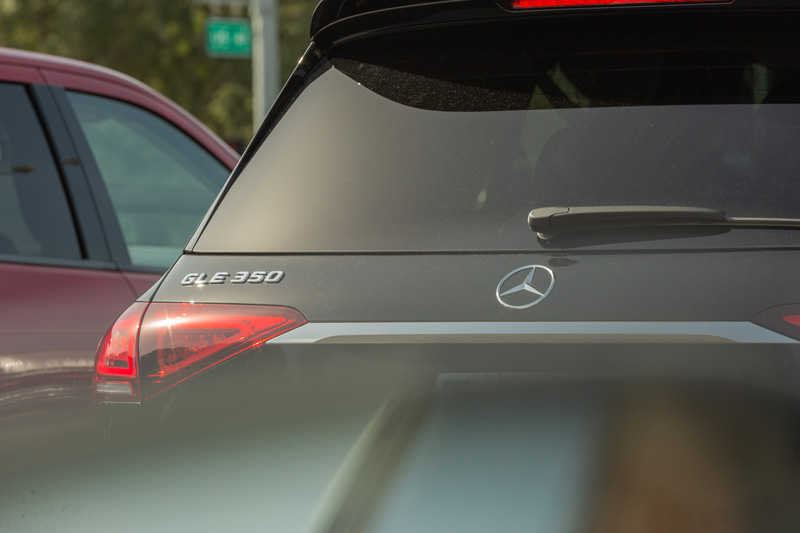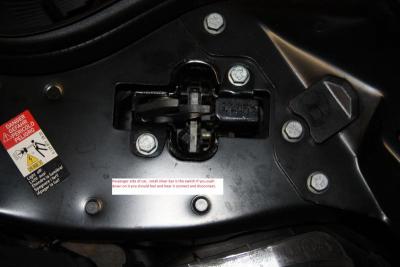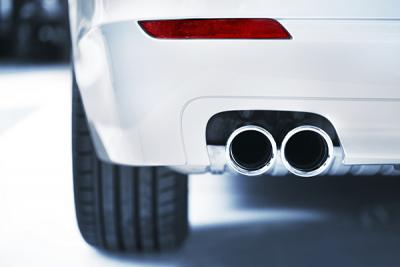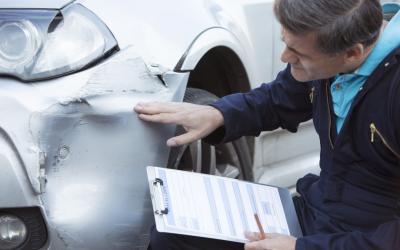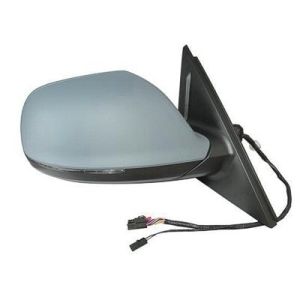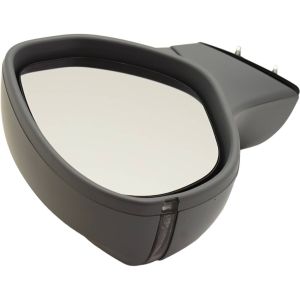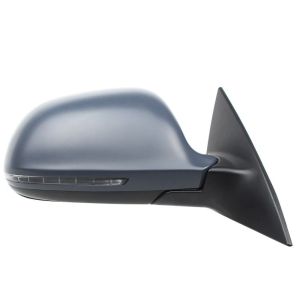Like a mysterious character in a spy movie, you've probably admired cars with mirror tint and wondered if you could add that touch of intrigue to your own vehicle. Mirror tint isn't just about aesthetics, though - it can also reduce glare, manage heat, and protect against UV rays.
However, it has its downsides, such as limited visibility at night and possible glare for other drivers. Moreover, the legality of mirror tint varies by state, so it's crucial to do your homework before jumping in.
This guide gives you the lowdown on mirror tint, its benefits, drawbacks, and legal considerations, helping you make an informed decision.
| Key Takeaways: |
| Mirror tint is a type of window film with a reflective surface that provides privacy and a mirror-like appearance. |
| Mirror tint offers more durability and longer lifespan compared to traditional tint films. |
| The legality of mirror tint varies by jurisdiction, and it is important to check local laws before installation. |
| Mirror tint can reduce visibility at night and may cause glare for other drivers in direct sunlight. |
What Is Mirror Tint?
You might be wondering, what exactly is mirror tint? Well, mirror tint is a type of window film that turns the glass into a reflective surface, giving it a mirror-like appearance. It's not just for looks though.
This tint is designed to provide you with privacy, as it's difficult to see through from the outside. But, it's not all about you!
Mirror tint also reduces the heat entering your car, keeping you cooler on those hot summer days. It's a stylish and practical addition to your vehicle.
However, before you jump in, it's important to note that the laws regarding mirror tint vary. So, make sure you're up to date with the regulations in your area.
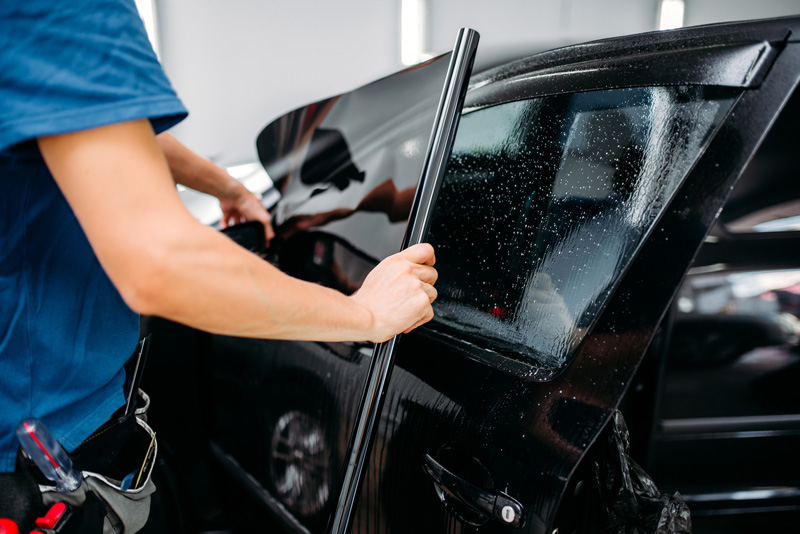
Benefits of Mirror Window Tint
You'll find that installing tint on your car windows/mirrors offers a slew of benefits for you and your vehicle. Not only can it reduce glare and give your car a stylish appearance, it also helps control heat and provides UV protection. These advantages make mirror tint a great choice for many drivers.
Reduces Glare
One significant benefit of mirror window tint is that it dramatically reduces glare, making your driving experience much safer and more comfortable. When sunlight or bright headlights hit your car windows, mirror reflective tint acts as a shield, reflecting the light away and minimizing the harsh glare.
Here are some ways it enhances your ride:
- It improves visibility: By reducing the intensity of sunlight or headlights, you can see the road more clearly.
- It reduces eye strain: With less glare, your eyes won't have to work as hard.
- It enhances safety: Reduced glare means fewer distractions, helping you stay focused on the road.
Stylish Appearance
Beyond the practical benefits, a considerable advantage of mirror window tint is the stylish, sleek appearance it gives your vehicle. This aesthetic appeal can drastically enhance the overall look of your car, making it stand out in the crowd.
Mirror tint, with its reflective surface, can give your vehicle a high-end, luxurious feel that's hard to beat. It's a simple way to add a unique, customized touch to your ride.
The stylish appearance doesn't just stop at visual appeal. It's also about expressing your personality and making a statement. So, if you're all about making a bold impression, mirror tint might be the perfect addition to your vehicle. It's more than just tint; it's a style statement that ramps up your car's aesthetic appeal.
Controls Heat
In addition to enhancing your car's aesthetic appeal, mirror tint also plays a crucial role in controlling heat inside your vehicle. On hot, sunny days, window tinting can significantly affect your car's interior temperature.
Here's how:
- Mirror tint reflects sunlight. This means less heat penetrates your car, keeping your interior cooler.
- By controlling heat, mirror tint can make your air conditioning more efficient. You'll be cooling a less heated space, which can save on fuel consumption.
- Lastly, the reduced heat and light can help protect your car's interior, preventing fading and cracking on your dashboard and upholstery.
UV Protection
Often, you'll find that mirror tint serves as an effective barrier against harmful ultraviolet rays. This UV protection is one of the significant benefits of having mirror tint on your car.
When applied to your rear windows, the reflective tint not only adds a touch of style but also acts as a shield, blocking up to 99% of the sun's damaging UV rays.
Your skin isn't the only thing that benefits - your car's interior also gets added protection. The harsh sunlight can cause your car's upholstery to fade over time, but this risk is significantly reduced with the UV protection offered by mirror tint.
So, by investing in mirror tint, you're not just upgrading your car's look but also enhancing its protection.
Why Do Some People Choose Mirror Tint Over Traditional Tint?
Many of you might prefer mirror tint over traditional tint for a number of reasons. Mirror tint not only gives your car a sleek, classy look, but it also provides better privacy. This is because mirror-tinted windows are more reflective, making it harder for people to see inside your car from the outside.
Here are a few reasons why people choose mirror tint:
- Enhanced Privacy: Mirror tint offers a higher level of privacy than traditional tint.
- Heat Reduction: Mirror tint helps to keep your car cooler by reflecting sunlight.
- Aesthetic Appeal: It gives your car a stylish, unique look that stands out.
Therefore, while both types offer benefits, the choice between mirror tint and traditional tint often boils down to individual preference.
Can You See Through Mirror Tint At Night?
Despite the privacy benefits during the day, you might wonder if you can see through mirror tint at night. The answer is, that it depends on the darkness of the tint and the amount of external light available.
During daylight, the reflection from the mirror tint makes it hard for outsiders to see in, but the scenario changes at night. If your front side windows have a darker tint, you may find it challenging to see out, particularly in unlit areas.
However, back side windows with a similar tint may not pose such a problem due to rear lights. Thus, while mirror tint increases privacy and reduces glare during daytime, it might compromise visibility at night.
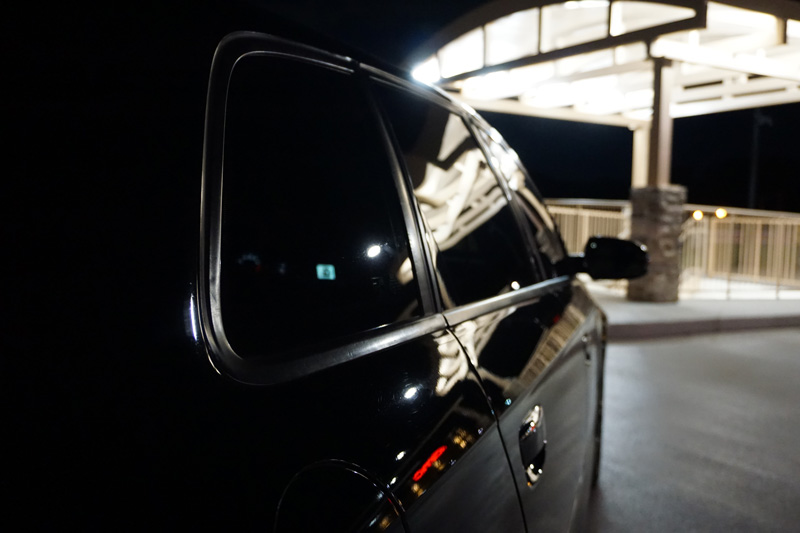
Factors to Consider Before Buying
Before you rush out to buy mirror tint for your car, there are a few important factors you need to think about.
Firstly, knowing your local laws on car window tinting is crucial. Secondly, consider how the tint will match your car's color, and finally, keep in mind that the cost of professional installation can be higher than doing it yourself.
Local Laws
Always ensure you're familiar with local laws regarding mirror tint on your car before deciding to purchase it. The window tint laws vary significantly from one state to another, and adhering to them is essential to avoid potential fines.
Here is what you need to know:
- Some locations completely prohibit the use of mirror tint due to safety concerns.
- Others allow certain levels of reflectivity, so you may still utilize mirror tint, but with restrictions.
- There are also areas where no laws about mirror tint exist, giving car owners more freedom in their choices.
Understanding local laws keeps you law-abiding and helps you decide whether mirror tint is right for you. Now, let's discuss how car color can influence your choice of tint.
Car Color
When considering mirror tint for your car, the color of your vehicle plays a crucial role in your decision-making process. Darker car colors absorb more heat, so pairing them with a mirror tint can keep your vehicle cooler.
However, a mirror tint on factory-tinted windows can make it difficult to see how much light is coming in. This is important to consider, especially for your front window, where visibility is paramount.
On the other hand, a light-colored car with mirror tint can create a sleek, modern look. But remember, regardless of your car's color, when deciding to add mirror tint, you should consider factors like your local laws, personal style preferences, and how the tint will affect your driving experience.
Cost of Application
Moving on from choosing the right color, you should also consider the cost of applying mirror tint to your car. It's not just about purchasing the tint film itself but also considering the application process.
Keep in mind the following:
- DIY or Professional Installation: Doing it yourself can save money, but it requires time, skill, and patience. A professional installation can give better results, but it comes at a higher cost.
- Quality of the Film: Higher quality films may be more expensive but they can last longer and provide better UV protection.
- Size and Number of Windows: Larger or more windows will require more film, which can increase the cost.
Knowing the factors that affect the cost can help you budget effectively. Next, let's discuss whether using mirror tint is legal.
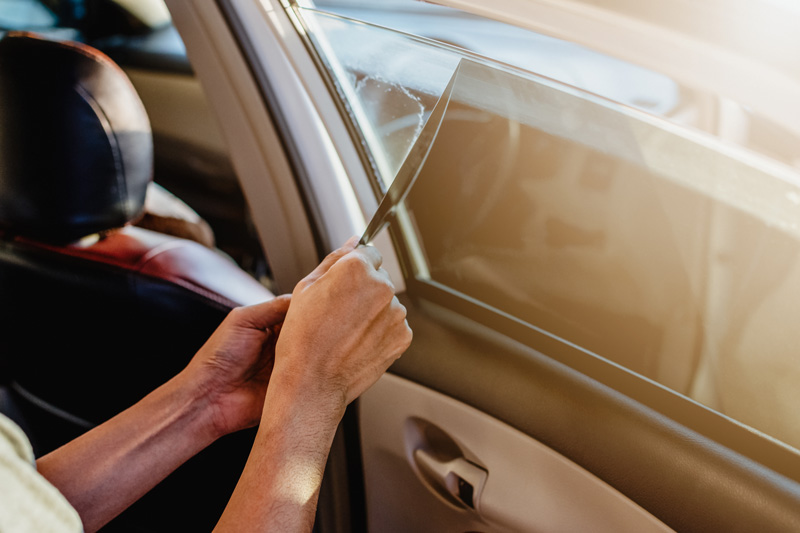
Is Mirror Tint Legal?
Before you decide to add mirror tint to your car, it's crucial to understand that this modification's legality varies from place to place. Some states in the U.S., for instance, restrict the use of reflective or mirror-like tints, while others have no such regulations.
Therefore, it's not a one-size-fits-all answer. You've got to do your homework. Head to your local Department of Motor Vehicles or check their website to figure out what's allowed in your state.
Violating tinting laws could lead to fines or even penalties, so it's better to be safe than sorry. Also, consider consulting with a professional installer familiar with your area's regulations. They can guide you to make the best choice.
Here is an example table with the allowed film percentage in each state.
| State | Front Side Windows | Back Side Windows | Rear Windows |
| Alabama | 32% | 32% | 32% |
| Alaska | 70% | 40% | 40% |
| Arizona | 33% | any | any |
| Arkansas | 25% | 25% | 10% |
| California | 70% | any | any |
| Colorado | 27% | 27% | 27% |
| Connecticut | 35% | 35% | any |
| Delaware | 70% | any | any |
| Florida | 28% | 15% | 15% |
| Georgia | 32% | 32% | 32% |
| Hawaii | 35% | 35% | 35% |
| Idaho | 35% | 20% | 35% |
| Illinois | 35% | 35% | 35% |
| Indiana | 30% | 30% | 30% |
| Iowa | 70% | any | any |
| Kansas | 35% | 35% | 35% |
| Kentucky | 35% | 18% | 18% |
| Louisiana | 40% | 25% | 12% |
| Maine | 35% | any | any |
| Maryland | 35% | 35% | 35% |
| Massachusetts | 35% | 35% | 35% |
| Michigan | any percent, but only 4 inches from the top of the window | any | any |
| Minnesota | 50% | 50% | 50% |
| Mississippi | 28% | 28% | 28% |
| Missouri | 35% | any | any |
| Montana | 24% | 14% | 14% |
| Nebraska | 35% | 20% | 20% |
| Nevada | 35% | any | any |
| New Hampshire | no tinting allowed | 35% | 35% |
| New Jersey | no tinting allowed | any | any |
| New Mexico | 20% | 20% | 20% |
| New York | 70% | 70% | any |
| North Carolina | 35% | 35% | 35% |
| North Dakota | 50% | any | any |
| Ohio | 50% | any | any |
| Oklahoma | 25% | 25% | 25% |
| Oregon | 35% | 35% | 35% |
| Pennsylvania | 70% | 70% | 70% |
| Rhode Island | 70% | 70% | 70% |
| South Carolina | 27% | 27% | 27% |
| South Dakota | 35% | 20% | 20% |
| Tennessee | 35% | 35% | 35% |
| Texas | 25% | 25% | any |
| Utah | 43% | any | any |
| Vermont | no tinting allowed | any | any |
| Virginia | 50% | 35% | 35% |
| Washington | 24% | 24% | 24% |
| Washington D.C. | 70% | 50% for cars, 35% for multi-purpose vehicles | 50% for cars, 35% for multi-purpose vehicles |
| West Virginia | 35% | 35% | 35% |
| Wisconsin | 50% | 35% | 35% |
| Wyoming | 28% | 28% | 28% |
Conclusion
So, can you put mirror tint on your car? Absolutely! But remember, it's not just about style. You'll also get glare reduction, heat control, and UV protection. However, be mindful of potential drawbacks like reduced night visibility and glare for other drivers.
Plus, don't forget to check your state's laws, as mirror tint isn't legal everywhere. Ultimately, the decision is yours. Armed with this knowledge, you're ready to make an informed choice. Safe travels!
FAQs (Frequently Asked Questions)
Is mirror tint illegal in the US?
- Tinting your car windows can be legal or illegal - it all depends on your state. In some states, it may be considered a problem, while in others, it is permissible to a certain extent. That's why it's essential to check local regulations before doing anything.
Is Mirror Tint Dangerous to Other Drivers in Traffic?
- Window tinting could be potentially dangerous for other drivers in traffic. This is because it can cause glare and reduce visibility - the reflection of sunlight or the headlights of other vehicles. Also, keep in mind that extremely dark tints can be an obstacle when you are stopped for a police check.
What is the darkest tint?
- The darkness of tint is measured by the percentage of light it allows to pass through - VLT (Visible Light Transmission). The variety of window tint options is wide - from 5% to 90%. The lower the percentage is, the darker the tint is.
One of the most used options are the following:
50% - a great option if you don't want full darkness on your windows.
35% - a stylish option giving you more darkness that is easy to see through.
20% - perfect for guaranteeing privacy - it’s difficult to see through up close.
5% - the darkest option you can get. In most US states, it's illegal.
